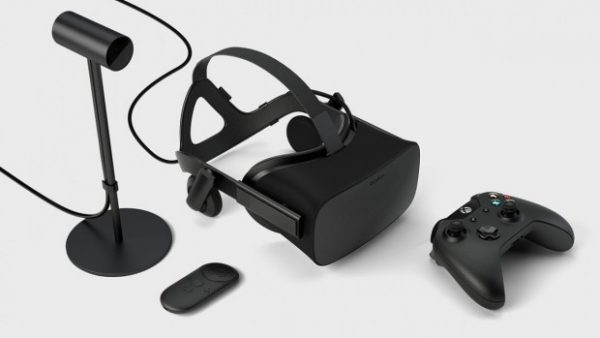Oculus Rift held a press event on Thursday to announce the latest updates on the VR front. Among them was a big update that will now allow users with lower PC specifications to hop onto the VR bandwagon, which earlier seemed too farfetched of an idea.

The high specification is actually quite necessary. High specifications offer higher video quality and frame rates, thus improving stability which helps better the experience. But, with this announcement, Oculus seems to have found the right formula to make VR a bit more affordable.
The minimum specs required will be:
- NVIDIA GTX 960 or greater
- Intel i3-6100 / AMD FX4350 or greater
- 8GB+ RAM
- Compatible HDMI 1.3 video output
- 1x USB 3.0, 2x USB 2.0 ports
- Windows 8 or later
While the focus of Oculus still remains that all VR apps must run at 90 frames per second, Oculus co-founder Brendan Iribe explained that the Rift’s previous invention – asynchronous timewarp – managed to reduce frame dropping by almost 11%. This was made possible by pre-rendering certain images on the app.
While asynchronous timewarp is something that seems futuristic, you haven’t even heard about its successor yet – asynchronous space warp. Don’t worry, it’s not as complex as it seems. Simply speaking, the system reads the two frames previously generated and then generates a ‘synthetic frame’ based on the differences between the two. This means that when space warp is active, the system can run at half the acceptable frame rate, because the system will be able to bump a non-playable 45fps animation up to a super smooth 90fps.
Earlier, Oculus VR ran smoothly mostly on systems that cost over $1,000, but the company management tested this and it seemed to work pretty well on a $400 machine. So, if you have a medium-range PC and you so want to try out Oculus VR, this is time probably. The headset still costs $500, though.
Leave a Reply